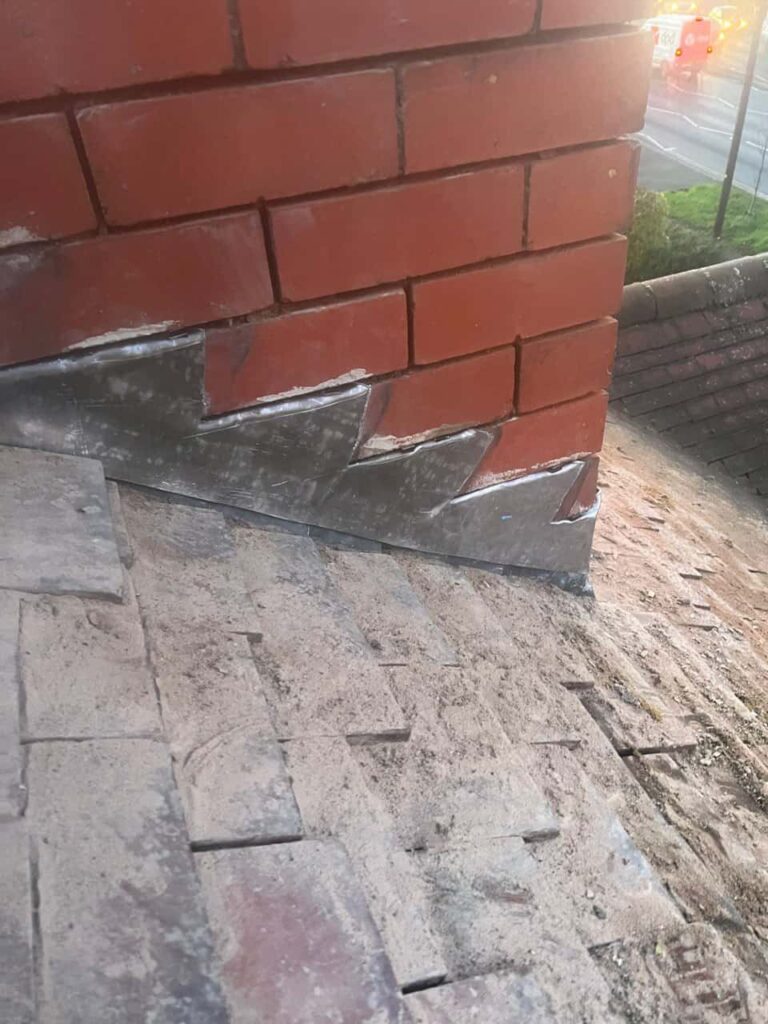When it comes to roof design, hip roofs have gained a reputation for their excellent durability and resilience. Their unique structure, which slopes downwards on all sides, provides a range of advantages that make them especially effective in protecting against harsh weather. For homeowners in Stafford, Staffordshire, who are seeking a roof that can withstand the British climate, a hip roof is often an ideal choice. At Stafford Roofing Repairs, we have extensive experience installing and maintaining hip roofs, ensuring that our clients enjoy a roofing solution that offers optimal protection and longevity.
In this post, we’ll explore why hip roofs are considered a superior choice for weather resistance and how they help keep your property safe from the elements.
1. Enhanced Stability Against Strong Winds
One of the standout features of a hip roof is its ability to resist high winds. Unlike gable roofs, which have two flat sides that are more susceptible to wind pressure, hip roofs slope on all four sides, distributing wind force evenly. This even distribution reduces the chances of wind catching under the eaves, making it less likely for the roof to lift or sustain damage.
In areas that frequently experience strong winds or storms, such as the UK, a hip roof provides an additional layer of security. The sloping design makes it more aerodynamic, helping it withstand turbulent weather and preventing potential damage to both the roof and the structure beneath.
2. Excellent Rainwater Drainage
Another key advantage of hip roofs is their superior drainage capabilities. The sloped design directs rainwater downwards on all sides, which helps to prevent water accumulation and pooling. Pooling water is a common cause of leaks and can lead to significant water damage if left unaddressed. By allowing rainwater to flow naturally off the roof, hip roofs minimise the risk of water-related issues.
Effective drainage also reduces the likelihood of mould and mildew growth, both of which can compromise the roof’s structural integrity and contribute to indoor air quality problems. For homeowners in Stafford, where rainy days are frequent, a hip roof’s natural drainage is a valuable asset.
3. Resilience in Snow and Ice Conditions
In colder months, snow and ice accumulation can add substantial weight to a roof, creating stress on its structure. Due to the sloped design, hip roofs are better equipped to handle snow and ice, as these elements tend to slide off more easily, reducing the risk of heavy build-up. By minimising snow and ice accumulation, hip roofs help protect against structural strain and potential collapses, which can be a concern with flatter roof designs.
While Stafford may not experience extreme snowfall, even moderate snow or frost can pose risks. A hip roof’s natural shedding ability provides peace of mind during winter weather, ensuring your roof remains secure and functional.
4. Improved UV Protection
Hip roofs are also effective at protecting against sun exposure. Due to their angled design, they shield a greater portion of the roof’s surface from direct sunlight throughout the day. By reducing the impact of UV rays, a hip roof can help to prolong the lifespan of roofing materials, which can otherwise become brittle and worn from prolonged exposure to sunlight.
Over time, UV rays can cause roofing materials to fade, crack, or degrade, leading to the need for repairs or replacements. Hip roofs help mitigate this wear by limiting direct exposure, ensuring the materials last longer and retain their visual appeal.
5. Increased Structural Integrity
The design of a hip roof inherently provides more structural support than some other roof types. Each side of the roof leans into the structure, making it more rigid and self-supporting. This increased structural integrity is particularly advantageous in locations with variable weather conditions, as it enhances the roof’s ability to handle stress from wind, rain, and snow.
For homeowners looking for a reliable, durable roofing option, hip roofs offer the added benefit of robust structural support, contributing to the overall longevity of the property. At Stafford Roofing Repairs, we work with high-quality materials and skilled craftsmanship to ensure every hip roof we install is as strong as possible.
6. Ideal for Adding Attic Insulation
The unique shape of a hip roof creates a central ridge, which provides additional space within the roof cavity for insulation. Effective insulation is critical for maintaining energy efficiency in any home, as it helps to regulate indoor temperatures and reduce heating and cooling costs. With the additional space for insulation, hip roofs can provide better thermal performance, making them ideal for homes in regions with fluctuating seasonal temperatures.
For Stafford homeowners, improved insulation not only results in a more comfortable home but can also contribute to lower energy bills, making a hip roof an economically sound choice over the long term.
Conclusion
Hip roofs are an excellent choice for those seeking enhanced protection against the elements. Their stability in high winds, superior drainage, resistance to snow and ice, and added UV protection make them well-suited to withstand the British climate. Additionally, their increased structural integrity and insulation potential make hip roofs a sound investment for long-term durability and energy efficiency.
At Stafford Roofing Repairs, we specialise in high-quality hip roof installations and repairs for homes across Stafford, Staffordshire. With our expert knowledge and commitment to excellence, we provide roofing solutions designed to protect your property for years to come. If you’re considering a hip roof for your home or need maintenance for an existing one, contact Stafford Roofing Repairs today to learn more about how we can help.
Call us on: 01785 904 494
Click here to find out more about Stafford Roofing Repairs
Click here to complete our contact form and see how we can help with your roofing needs.

